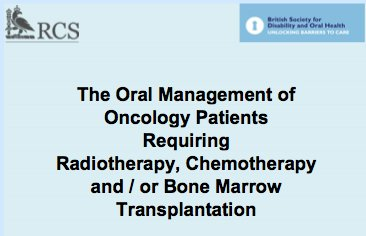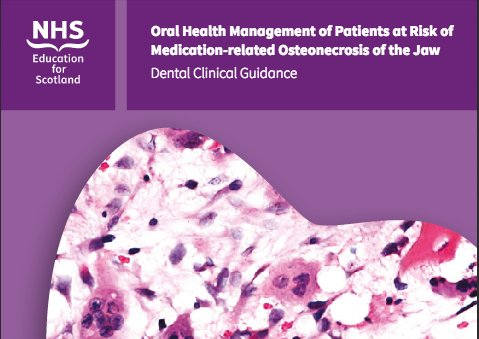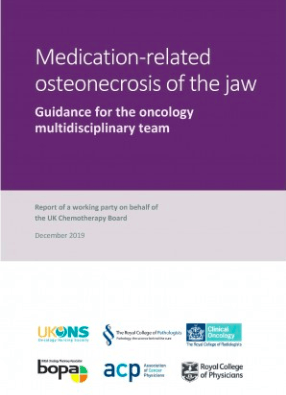What is dental oncology?
Aim
Dental oncology focuses on the oral and dental needs of cancer patients immediately before, during and after treatment
Treatment
Management of cancer via surgery, chemotherapy, radiotherapy, novel biologics and supplemental medications can impact the mouth, gums and teeth
Teamwork
Dentists aim to assess and provide oral and dental treatment as a member of the multi-disciplinary cancer team to optimise the patient's oral health
Oral & Dental Guidance
In the UK, these four guidance documents are the most common resource considered when managing oncology patients
Novel Targeted Cancer Therapies
NadirLow point in reference to the blood count particularly the white blood cell count and platelet count
Chemotherapy affects rapid turnover cells which includes both cancer cells and blood cells
Blood count normalises within 3-4 weeks
Nadir time about 10-14 days after treatment (drug dependent)
Next dose of chemotherapy is given only after a patient's blood count emerges from nadir to a safe level
A general rule of thumb is when a patient is ready for chemotherapy their blood cells have returned to safe level for a dental extraction
BUT take into consideration ...
- Will the patient heal in time for their next chemotherapy cycle?
- Will the dental extraction cause delay to the next chemotherapy cycle?
Communicate with the oncologist



